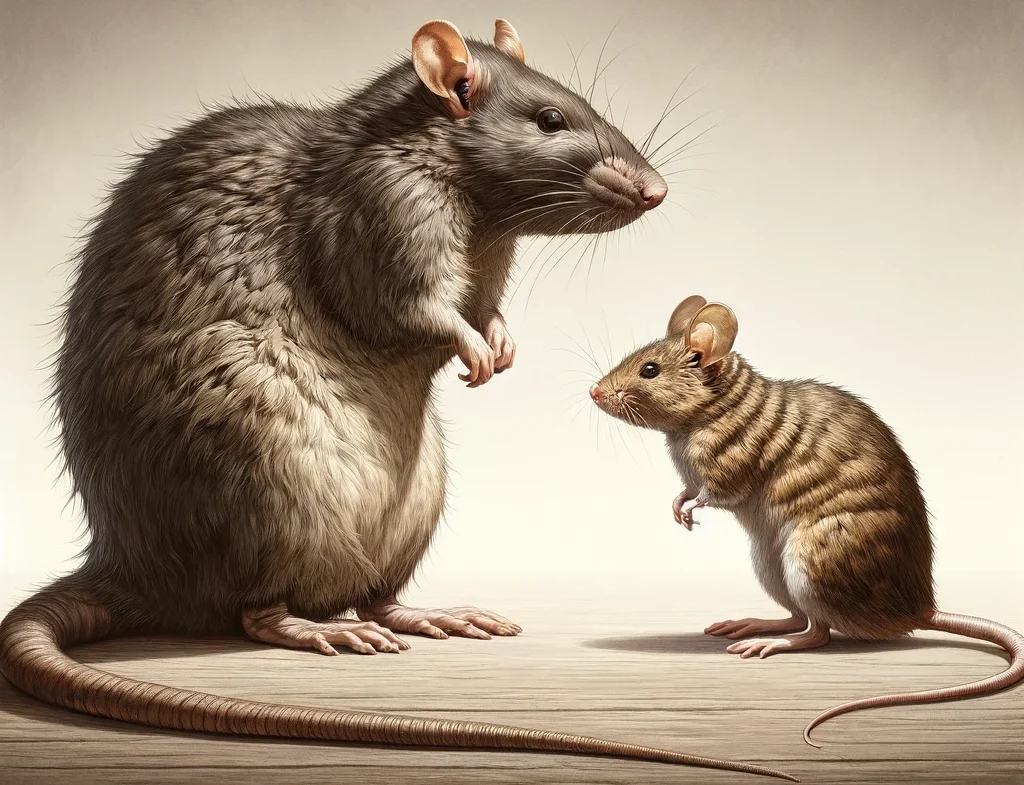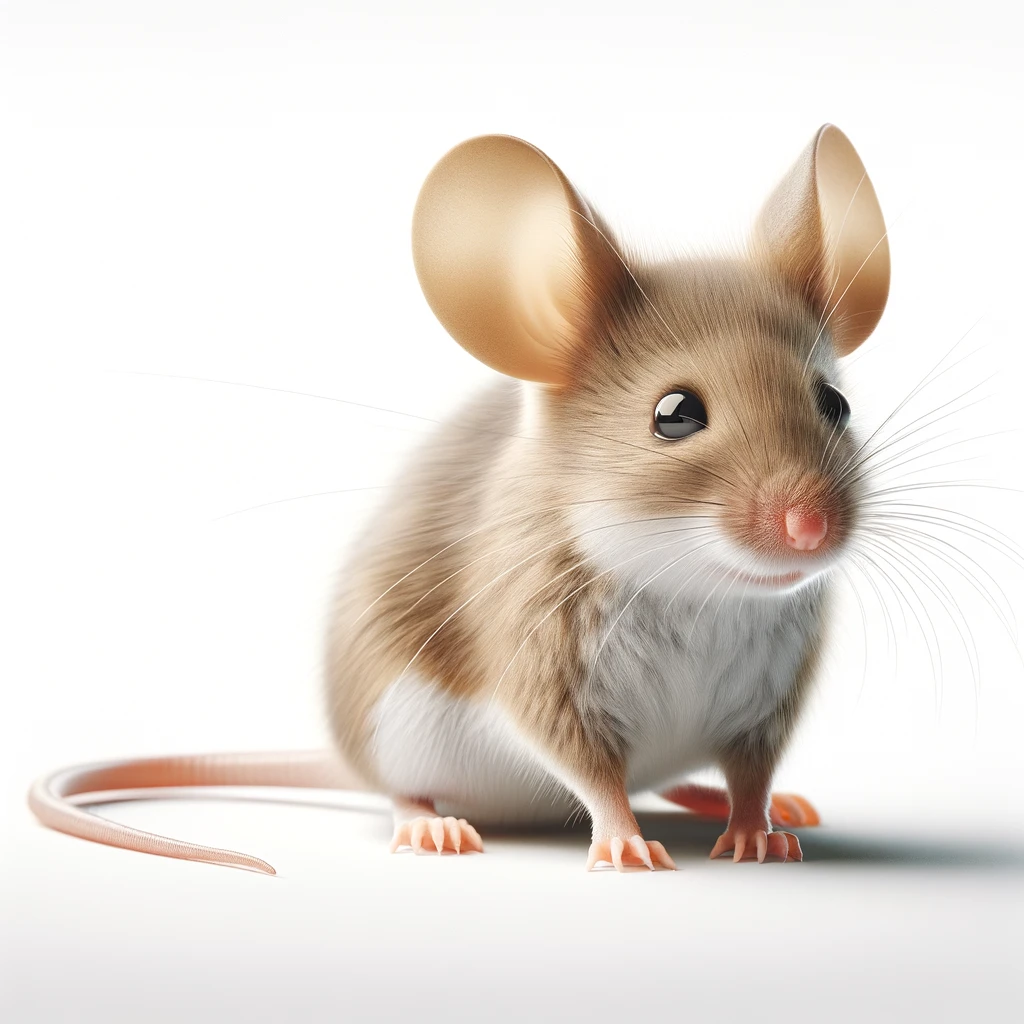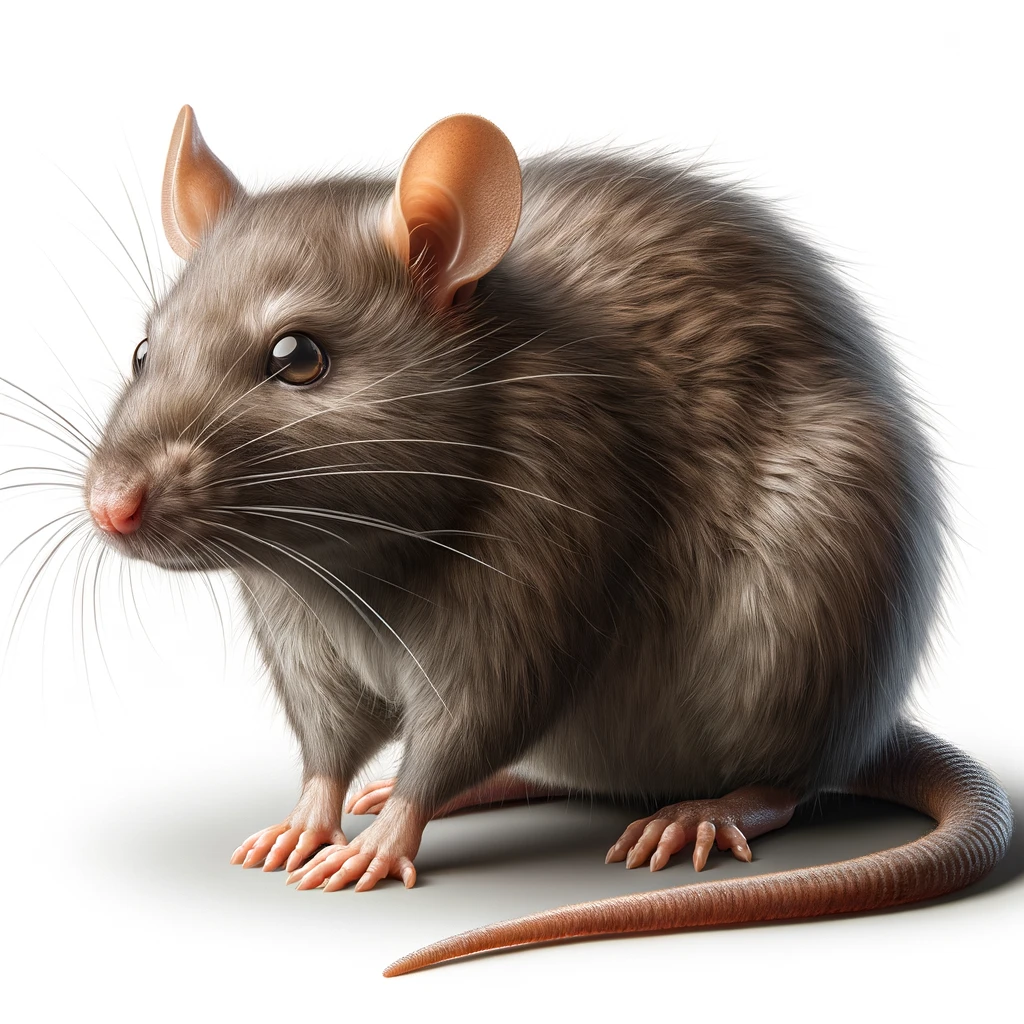
The presence of rodents in our homes or businesses can create a sense of unease and discomfort. Among the most common culprits are rats and mice. While these creatures may seem similar at first glance, understanding their differences is essential for effective rodent control. By decoding the distinctions between rats and mice, analyzing their characteristics, and delving into their varied traits, we can develop a comprehensive understanding of these pests, enabling us to implement the right methods for eradication.
One of the first steps in effective rodent control is being able to accurately identify whether the intruders are rats or mice. While they both belong to the rodent family, there are key visual differences that can help us distinguish between the two.
Understanding the nuances of rodent identification can greatly impact the success of pest management strategies. By recognizing the unique characteristics of rats and mice, individuals can tailor their approach to control methods, ensuring a more targeted and efficient eradication process.

Mice are typically smaller than rats, with a slender body and large ears. Their tails are long and thin, and their fur color can vary from gray to brown. Mice are known for their quick movements and agility, making them difficult to catch.
Despite their diminutive size, mice possess remarkable adaptability, allowing them to thrive in various environments. Their reproductive capabilities are also noteworthy, with a single female mouse capable of producing dozens of offspring in a year, underscoring the importance of swift and effective control measures.

Rats, on the other hand, are larger in size compared to mice. They have a robust build with a thick tail and small ears. Rats tend to have coarse fur that can be black, brown, or gray. Their slower movements and larger size often make them more noticeable than mice.
Due to their size and strength, rats can pose significant challenges in pest management. Their gnawing habits can cause structural damage to buildings, posing risks to both property and human health. Additionally, rats are known to carry various diseases, further emphasizing the importance of prompt identification and control measures.
While rats and mice share some similarities, there are several critical differences that set them apart. These variances extend beyond just their appearance and delve into their behaviors, habits, and diet.
When it comes to understanding the distinctions between rats and mice, it's essential to explore their reproductive habits. Rats are known for their rapid reproduction rates, with a single female rat capable of producing up to 12 litters in a year. In contrast, mice reproduce at a slightly slower pace, with a female mouse typically giving birth to about 5-6 litters annually.
One useful way to distinguish between rats and mice is by examining their droppings. Rat droppings are larger in size compared to mouse droppings. They are typically shaped like capsules and have blunt ends. Mouse droppings, on the other hand, are smaller and resemble grains of rice, with pointed ends.
Another fascinating aspect to consider is the social behavior of rats and mice. Rats are highly social creatures that thrive in groups, displaying complex social hierarchies within their colonies. On the other hand, mice tend to be more territorial and solitary, only coming together for breeding purposes.
By exploring the differences in young and adult rats versus mice and delving into the dietary contrasts between these two rodent species, we can gain a deeper understanding of their unique traits.
Rats and mice, despite their similar appearances to the untrained eye, exhibit fascinating distinctions in behavior and biology. These variances extend beyond just growth rates and dietary habits, encompassing aspects such as social structures, communication methods, and even cognitive abilities. Researchers have long been intrigued by the intricate differences that shape the lives of these small but complex creatures.
Young rats, often referred to as pups, grow at a rapid pace and reach adulthood in a matter of weeks. In contrast, young mice develop more slowly and require more time to reach maturity. Understanding the growth patterns of these rodents can help us gauge the severity of an infestation.
Furthermore, the behavioral disparities between young and adult rats versus mice are equally compelling. Young rats display a remarkable level of curiosity and playfulness, traits that are crucial for their cognitive development. On the other hand, young mice exhibit a more cautious approach to exploration, reflecting their innate survival instincts honed through evolution.
Rats and mice also differ in their dietary preferences. While both species are considered omnivores, rats are known to be bolder when it comes to food choices, making them less selective than mice. This knowledge allows for strategic bait placement in rodent control measures.
Moreover, the nutritional requirements of rats and mice vary significantly, influencing their foraging behaviors and feeding patterns. Rats have a higher protein requirement compared to mice, leading them to seek out protein-rich sources more actively. In contrast, mice have a greater need for calcium in their diet, driving them to consume specific food items that fulfill this nutritional need.
Deciphering the distinct diets of rats and mice and luring them with foods that attract them can play a crucial role in successful rodent control.
Rats are known to be attracted to a wider range of food sources, including meats, fruits, vegetables, grains, and pet food. Their omnivorous nature allows them to adapt to various environments and scavenge for sustenance. From devouring leftover chicken bones to nibbling on juicy watermelon slices, rats have a diverse palate that keeps them well-fed in urban, suburban, and rural settings alike.
Mice, on the other hand, have a preference for cereals, seeds, and grains. These small, agile creatures are often found scurrying through fields, barns, and granaries in search of their favorite snacks. Their affinity for cereal grains, such as wheat, oats, and corn, makes them a common nuisance in agricultural areas, where they can cause significant damage to crops and stored grains.
In order to effectively lure and trap rats or mice, it is important to know which foods are most appealing to each species. Common baits for rats include peanut butter, bacon, and chocolate. The rich aroma of peanut butter can entice even the most cautious rat, while the savory scent of bacon can tempt them out of their hiding places. And who can resist the allure of chocolate? These delectable treats can be used strategically to lure rats towards traps, increasing the chances of successful rodent control.
Mice, on the other hand, are often attracted to cheese, dried fruits, and nuts. The pungent smell of cheese can captivate their senses, drawing them towards the baited traps. Dried fruits, such as raisins and apricots, provide a sweet and chewy temptation for these tiny rodents. And let's not forget about nuts! Whether it's a crunchy almond or a tasty walnut, mice can't resist the appeal of these nutritious morsels.
Having a comprehensive understanding of the differences between rats and mice is crucial for effective rodent control. By decoding their distinctions, analyzing their traits, and understanding their behaviors and diets, we can implement tailored strategies to eliminate these pests from our homes and businesses. Remember, knowledge is power when it comes to rodent control, so stay informed and take the necessary steps to keep these unwelcome visitors at bay.